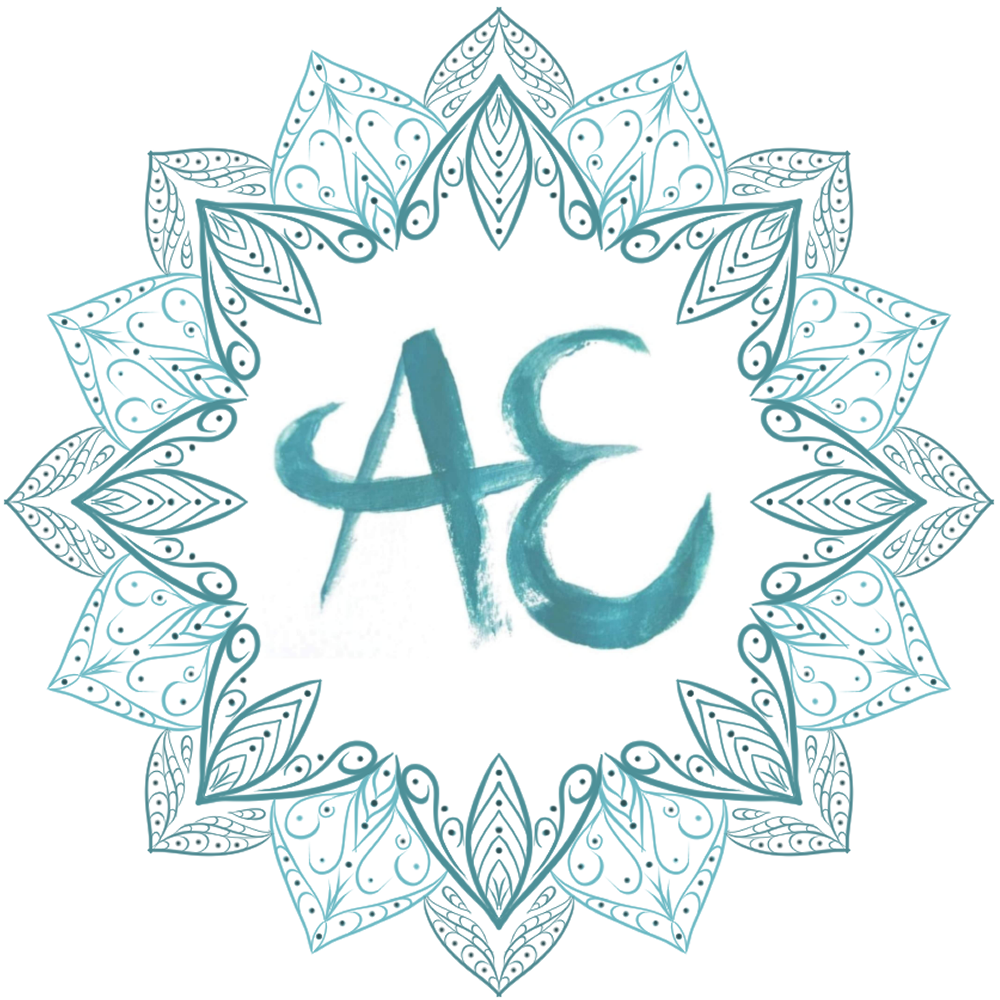The renal system is one of the smaller systems. It is made up of the kidneys, ureters, bladder and urethra. When the renal system isn’t working optimally, we tend to know about it e.g. by having a urinary tract infection and the like.
Kidneys are the kidney bean shaped organs that are located to the back of the body underneath the rib cage (much higher than most people expect). Kidneys are interesting. They are made up of the capsule, cortex, medulla, nephrons, tubules and the renal pelvis.
Inside the Kidney: The capsule protects the kidney. The cortex is a layer of tissue. The medulla is the processing plant of the kidney. The nephrons produce urine. The tubules reabsorb water. The renal pelvis collects the urine and takes it to the ureters.
Ureters (of which there are 2, one for each kidney) are about 30cm long and take the urine from the kidneys to the bladder.
The bladder is a muscular sac which holds the urine. It will stretch just like any other muscle. At the bottom of the bladder is a ring of muscle that keeps the urine in the bladder. This ring of muscle isn’t under conscious control. When people don’t fully empty the bladder, this can be a problem leading to increased risk of UTI’s.
The urethra is the tube from the bladder to the toilet. Here there is another ring of muscle but this time, it is under voluntary control. We open this when we decide to go to the toilet. When increased or unfamiliar bacteria gets into this tube we are again at an increased risk of having a UTI.
Two top tips of today…
1. Wipe front to back not back to front after using the toilet.
2. Empty your bladder following intimate times.
While the renal system is small – it does a lot:
1. Formation and secretion of urine. Part of this process is filtering waste and the reabsorption of things like water. The reabsorption happens through a process called osmosis. When anti-diuretic hormone (ADH) is produced by the pituitary the kidneys conserve water by concentrating the urine.
2. Production and secretion of hormones which controls the making of red blood cells.
3. Regulation of blood pressure through the control of blood volume.
4. Controls balance of water, salt and potassium in the body. This has a lot to do with electrolyte balance.
5. Controls the acidity of the blood and other bodily fluids – the aim is for the blood to be just over neural pH.
Contents of Urine
95% Water
Salts
Uric Acid
Urea
Minerals
Toxins such as alcohol, drugs etc.
Healthy urine is a clear yellow colour and doesn’t smell too much. Sometimes the colour changes if, for example, you take certain medications, eat certain foods or are ill. The contents of urine can tell us a lot, as often things are in the urine that shouldn’t be. If you have any concerns about your health, please contact your GP or 111.
Complementary Therapies
Reflexology can work the reflexes of the renal system. The kidneys, ureters and bladder can all be worked in a session.
Essential oils are sometimes said to have a diuretic effect.
Crystals are also said to be able to support the renal system.
Reiki remains a non-invasive method of balancing energy through all systems of the body, including the renal system.
Send me a message if you want to know more!




































